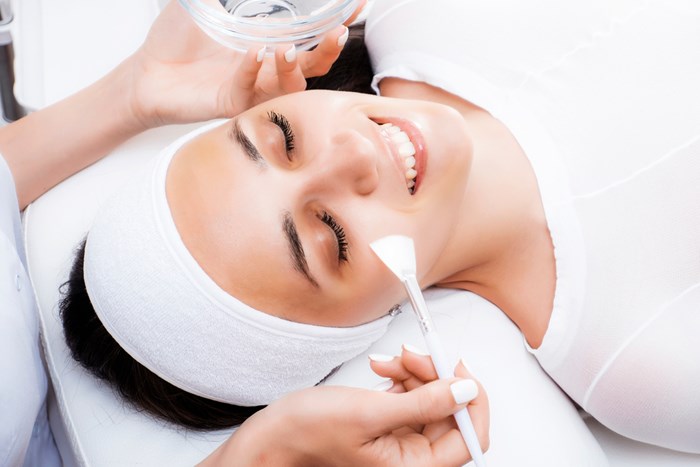Why Choose a Board-Certified Plastic Surgeon
Choose a board-certified plastic surgeon and be confident you are in the care of a highly trained surgeon you can trust.

A chemical peel for the face is a procedure in which a chemical solution is applied to the skin to remove damaged skin cells, treat wrinkles and correct scars and sunspot discolorations.
Chemical peels contain different types of acids that have varying depths of skin penetration. There are many options depending on your needs and how sensitive your skin is.
After choosing a reputable board-certified plastic surgeon or dermatologist, the first step is to schedule a pre-procedure consultation to discuss your reasons for wanting a chemical peel and the expectations of treatment. Your health history and medications will be reviewed to ensure you are a suitable candidate for the procedure.
This review includes screening for a history of diabetes, nutritional deficiency, photosensitivity, abnormal scarring, prior radiation, recent facial surgery, skin conditions, use of isotretinoin or oral contraceptives, smoking status, pregnancy status and amount of daily sun exposure - these factors can increase the risk of complications.
Next, a physical exam of the skin is performed to assess skin thickness, health and condition. Photographs may be taken to document the pre-procedure skin condition.
During the 2-4 weeks before your scheduled chemical peel, there are a set of preparation activities performed to optimize the efficacy of treatment, called "priming." UV exposure should be limited, and a broad-spectrum sunscreen with an SPF of 50+ should be applied every morning. Certain creams containing tretinoin, hydroquinone, glycolic acid or salicylic acid may be prescribed.
Lastly, waxing and dermabrasion of the face should be avoided. The goal of these activities and recommendations is to thin the top layer of the skin, enhance penetration of the chemical peel, accelerate healing and reduce the risk of complications such as hyperpigmentation and scarring.
The day prior to your procedure, the face should be washed with non-residue soap. Moisturizers and make-up should be avoided.
Chemical peeling is done in a dedicated office room with appropriate lighting and ventilation. You will be lying down in a supine position, and your eyes will be closed for the procedure with appropriate eye protection.
A neutral paste may be applied in areas around your eyes, nose and mouth to prevent the chemical peeling solution from pooling in those areas. For deeper peels, a relaxing or pain medicine may be given right before the procedure.
The application method may be different depending on the chosen peeling agent. Liquid solutions may be applied using a brush, cotton tip applicator, or gauze swab. For gels, usually, a wooden or plastic spatula is used. The peeling agent is first applied to areas with thicker skin, such as the forehead, cheeks, nose and chin. It is then spread to the other areas of the face using firm, even strokes in the same direction.
You may feel some mild tenderness while the chemical peel is on your skin. Upon completion of the procedure, a neutralizing wash or cool compress may be used on the face.
After a chemical peel, your skin will be likely red and appear irritated. Deeper chemical peels may result in increased redness and swelling. It is also normal to feel some continued burning or stinging. A protective ointment such as petroleum jelly can be applied to soothe the area, and symptoms should begin to resolve within one to two weeks.
Makeup can usually be worn the next day for light peels, and after a week for medium peels. It may take a few months for the skin to fully return to normal and show complete results of the peel. Recommendations such as routine cleansing, moisturizing and sun exposure minimization will help prolong the results of the chemical peel.
Chemical peels are a quick, safe and cost-effective method for skin rejuvenation. Successful chemical peeling is dependent on the proper matching of a patient's motivation for the procedure and the appropriate peeling agent. Your physician can go over the risks and benefits to determine the best treatment plan for you.
The views expressed in this blog are those of the author and do not necessarily reflect the opinions of the American Society of Plastic Surgeons.

